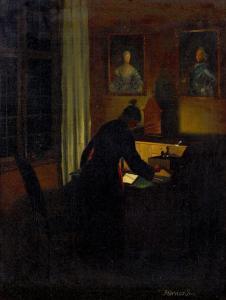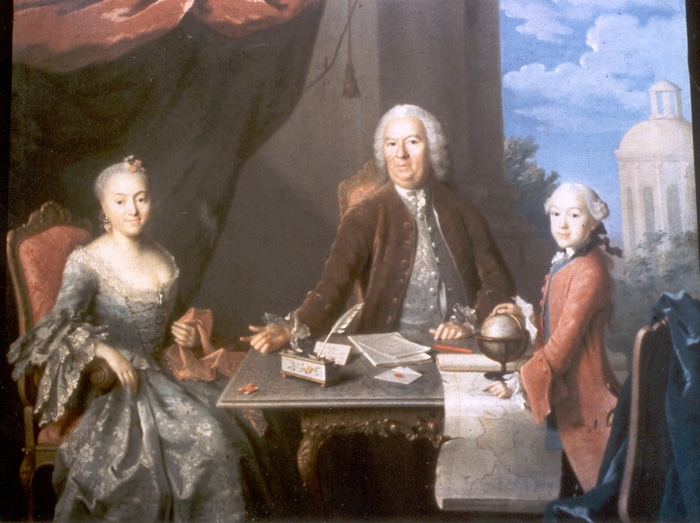Johan Hörner on:
[Wikipedia]
[Google]
[Amazon]

 Johan Hörner (28 January 1711, Edebo, in
Johan Hörner (28 January 1711, Edebo, in
@ Kunstindeks Danmark. However, as a
ArtNet: More works by and attributed to Hörner.
{{DEFAULTSORT:Hoerner, Johan 1711 births 1763 deaths Danish portrait painters 18th-century Swedish painters 18th-century Swedish male artists Swedish male painters Swedish emigrants to Denmark Radical Pietism

 Johan Hörner (28 January 1711, Edebo, in
Johan Hörner (28 January 1711, Edebo, in Roslagen
Roslagen is the name of the coastal areas of Uppland province in Sweden, which also constitutes the northern part of the Stockholm archipelago.
Historically, it was the name for all the coastal areas of the Baltic Sea, including the eastern par ...
- 4 March 1763, Copenhagen
Copenhagen ( or .; da, København ) is the capital and most populous city of Denmark, with a proper population of around 815.000 in the last quarter of 2022; and some 1.370,000 in the urban area; and the wider Copenhagen metropolitan ar ...
) was a Swedish-born Danish portrait painter.
Biography
He began his studies withJohan Henrik Scheffel
Johan Henrik Scheffel (9 April 1690 - 21 December 1781) was a Swedish artist. He became known for his portraits of Carl von Linné, Christopher Polhem
Christopher Polhammar (18 December 1661 – 30 August 1751) better known as Christopher Polh ...
in Stockholm and worked there for a time.Biographical notes@ Kunstindeks Danmark. However, as a
Pietist
Pietism (), also known as Pietistic Lutheranism, is a movement within Lutheranism that combines its emphasis on biblical doctrine with an emphasis on individual piety and living a holy Christianity, Christian life, including a social concern for ...
(a member of a sect that was out of favor with the established church), he faced serious discrimination. As a result, he moved to Denmark in 1734, where he took lodging with a carpenter in a district of Copenhagen that was largely Pietist.
For a time, he helped find refuge for other self-exiled Swedes, but soon came under scrutiny for his activities and moved to the country. In 1741, a new wave of Pietist refugees arrived in Copenhagen; including Sven Rosén, a major figure in the movement. He also received assistance from Hörner.
Hörner attempted to win an appointment as court painter
A court painter was an artist who painted for the members of a royal or princely family, sometimes on a fixed salary and on an exclusive basis where the artist was not supposed to undertake other work. Painters were the most common, but the cour ...
but, despite the fact that King Christian VI
Christian VI (30 November 1699 – 6 August 1746) was King of Denmark and Norway from 1730 to 1746. The eldest surviving son of Frederick IV and Louise of Mecklenburg-Güstrow, he is considered one of Denmark-Norway's more anonymous kings, bu ...
was sympathetic to the Pietists, he was not accepted. It has been suggested that his style was too realistic and the King wanted portraits that were more idealized. A sample portrait of Crown Prince Frederick Frederick may refer to:
People
* Frederick (given name), the name
Nobility
Anhalt-Harzgerode
*Frederick, Prince of Anhalt-Harzgerode (1613–1670)
Austria
* Frederick I, Duke of Austria (Babenberg), Duke of Austria from 1195 to 1198
* Frederick ...
does, in fact, present him as rather less attractive than he appears in other contemporary portraits.
Instead, he found work portraying the clergy and the well-to-do bourgeoisie. He also produced cabinet painting
A cabinet painting (or "cabinet picture") is a small painting, typically no larger than two feet (0.6 meters) in either dimension, but often much smaller. The term is especially used for paintings that show full-length figures or landscapes at a s ...
s, family portraits, still lifes and "Natstykker" (paintings set at night, lit only by candles or a fire), which were very popular. Many of his portraits from the 1750s show the influence of Carl Gustaf Pilo
Carl Gustaf Pilo (5 March 1711 – 2 March 1793) was a Swedish artist and painter. Pilo worked extensively in Denmark as a painter to the Danish Royal Court and as professor and director at the Royal Danish Academy of Art ( da, Det Kongel ...
and Balthasar Denner
Balthasar Denner (15 November 1685 – 14 April 1749) was a German painter, highly regarded as a portraitist. He painted mostly half-length and head-and-shoulders portraits and a few group portraits of families in interiors. Usually Denner con ...
. He became a regular attendee of the artistic salons held at the home of Johanna Marie Fosie; the first such salon in Denmark.Christian Elling, "Om nogle Arbejder af Johan Horner", in: ''Kunstmuseets Aarsskrift'', XXIV 1937, pg.49.
His works are unsigned and many may not have been identified. A portrait of the naval officer, , was first determined to be his as recently as 2007. Among his most familiar portraits are those of Hans Egede
Hans Poulsen Egede (31 January 1686 – 5 November 1758) was a Dano-Norwegian Lutheran missionary who launched mission efforts to Greenland, which led him to be styled the Apostle of Greenland. He established a successful mission among the Inui ...
, Lauritz de Thurah
Laurids Lauridsen de Thurah, known as Lauritz de Thurah (4 March 1706 – 5 September 1759), was a Danish architect and architectural writer. He became the most important Danish architect of the late baroque period. As an architectural writer ...
and Hans Adolph Brorson
Hans Adolph Brorson (20 June 1694 – 3 June 1764) was a Danish pietist clergyman, hymn write and translator of German language hymns.
He served as Bishop of the Diocese of Ribe.
Biography
Brorson was born at the vicarage at Randerup in TÃ ...
.
References
External links
ArtNet: More works by and attributed to Hörner.
{{DEFAULTSORT:Hoerner, Johan 1711 births 1763 deaths Danish portrait painters 18th-century Swedish painters 18th-century Swedish male artists Swedish male painters Swedish emigrants to Denmark Radical Pietism